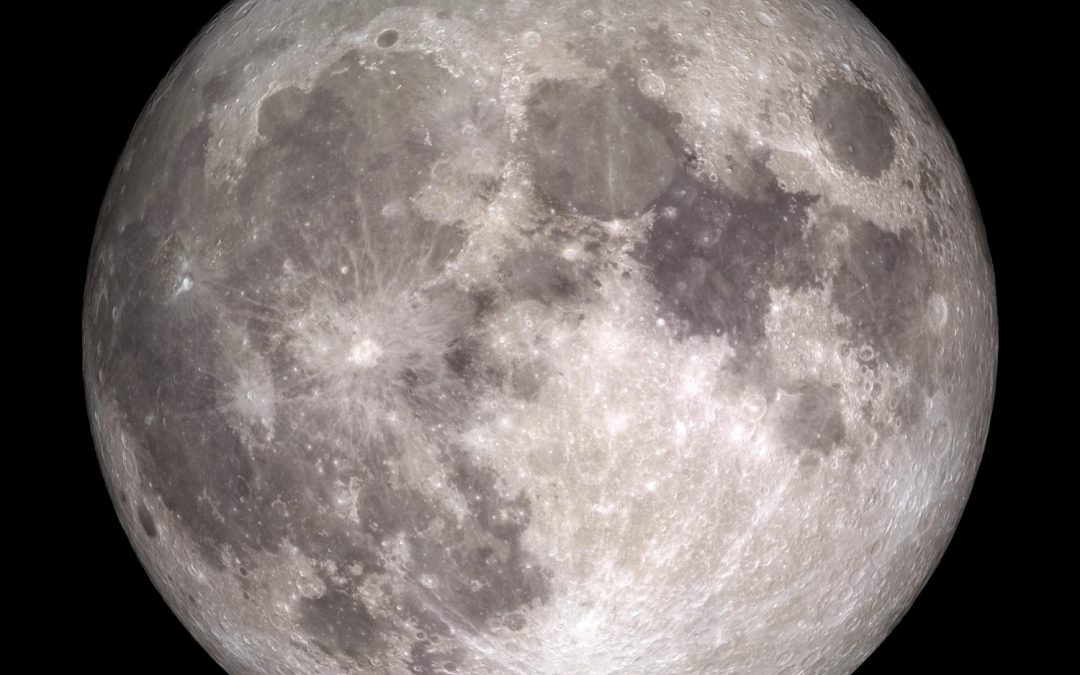WASHINGTON – An estimated half billion television viewers worldwide witnessed Neil Armstrong take mankind’s first steps on the moon in July 1969, an event that effectively ended the Cold War space race and spurred five ensuing NASA missions to the moon.
Fifty years later, some experts said Thursday that there won’t be one winner of the new space race, but instead an ongoing competition to find and control the moon’s resources.
Kahina Aoudia of Space Partnership International asked space experts about legality and land-ownership concerns should nations began to have permanent activities on the moon. Currently, 108 countries, including the U.S., China and Russia, are bound by the 1967 Outer Space Treaty, which outlines the fundamental aspects of space law.
Auodia moderated a panel discussion about the scientific and business prospects for countries looking to sustain a more permanent presence on the moon.
“There’s not going to be one single moment in which the flag is planted and we say the race has been won. It’s going to be a crafting of norms over time that will ultimately define who is succeeding in this new market,” said Dan Hendrickson, an official at NASA contractor Astrobotic Technology, Inc.
From a legal perspective, Pamela Meredith, chair of KMA Zuckert, a law firm specializing in space law, said it would be fine for countries to establish moon bases, absent any military activities. It’s illegal, however, to appropriate land or claim sovereignty over any areas of the moon.
She noted that the biggest legal issues on the moon will be over exclusivity and inspection rights, which are products of fierce international competition to locate and colonize the most marketable parts of the moon.
“The moon has to be used for peaceful purposes,” Meredith said. She pointed out that these “peaceful purposes” can be debated, making it difficult to stop countries from militarizing the moon.
However, she and others also warned that the United States may be behind in the new space race to the moon, one that would allow nations to explore new economic opportunities on the moon.
Earlier this year, China became the first country to land a spacecraft on the far side of the moon. In addition, Israeli scientists are set to launch the first private spacecraft to the moon Friday, which will be powered by a SpaceX rocket.
China and India both plan to send additional unmanned spacecraft to the moon by the end of the year, a feat NASA is hoping to match, according to Aoudia.
Meredith said that countries like China, India and Russia are throwing tremendous amounts of money at this race. “A space race is healthy because it commits resources and that’s what we need. And at the same time, while there is a space race among nations, there is also a lot of opportunities for private companies,” she said.
In November, NASA selected nine U.S. companies to bid on NASA delivery services to the lunar surface through Commercial Lunar Payload Services contracts worth $2.6 billion over the next 10 years. Sarah Noble, a program scientist at the NASA Planetary Sciences Division, said the new partnerships greatly reduce risk and costs for the agency’s mission to return to the moon.
NASA bidder Moon Express, which plans to mine the moon’s resources with its lunar spacecraft, wants to find out where the moon’s resources are for extraction, something that cannot happen without efficient, cheap lunar transportation, said Ben Roberts, vice president of government affairs at the company.
Astrobotic Technology, Inc. develops space robotics technology for lunar and planetary missions. Hendrickson, vice president of business development of the company, said cost-efficient transportation to-and-from the moon is key to NASA’s mission.


